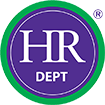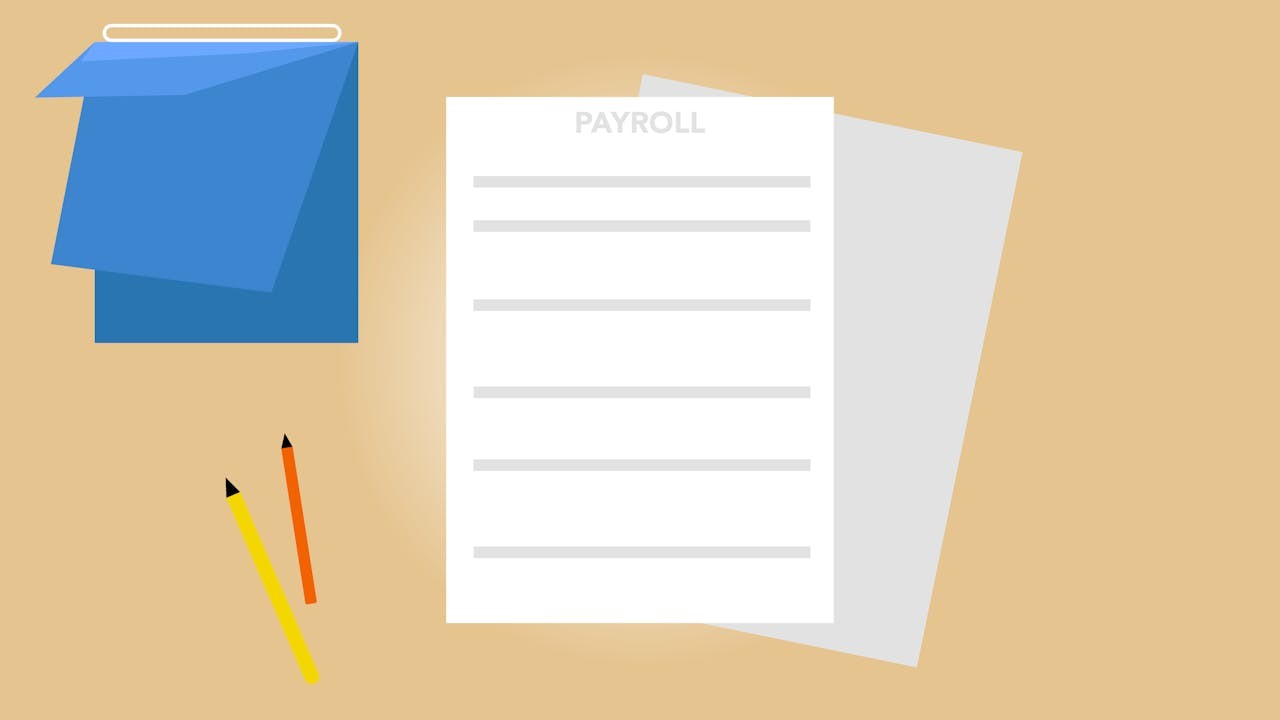As stated within the UK Government’s Pensions Act 2008, it is the legal duty of all employers to offer a workplace pension scheme to eligible workers. This provides employees with improved financial stability and increased long-term savings. More than a decade on from the implementation of this legislation, auto-enrolment and company contributions are more important than ever.
Despite their importance, pension schemes are often misunderstood by employer and employee alike; to ensure that individuals, companies and the government are contributing their fair share, proper pension management is essential. This starts with the calculation of pensionable earnings.
Pensionable earnings, as the name quite appropriately suggests, refers to the percentage of an individual’s pay that is used to calculate pension contributions. As it stands, the minimum qualifying contribution is set at 5% of pensionable pay for employees, and 3% for employers.
In the following article, we’ll discuss the calculation of pensionable and qualifying earnings, alongside the importance of well-managed pension schemes.
Who Qualifies?
Let’s start at square one; to qualify for a pension you must be a ‘worker’, aged between 22 and State Pension age, and earn more than £10,000 per year here in the UK. If an employee meets each of these criteria, it is the duty of the employer to automatically enrol them and contribute to a pension scheme.
Given the increasingly complex nature of pension and payroll legislation, ensuring that your company is compliant with government regulations can prove incredibly time consuming. For example, there are mitigating circumstances that may negate an employer’s auto-enrolment duties. Effectively managing employee payroll and pensionable earnings requires an in-depth, up-to-date understanding of the taxation system and employee benefits.
Why Do Pension Schemes Matter?
Aside from the abovementioned legal requirements, there are a multitude of reasons to offer individuals a well-managed pension scheme. As an employer or business owner, it is in your best interest to provide employees with a sense of stability and financial security; enrolling employees into a good pension scheme provides them with additional future stability whilst simultaneously incentivising loyalty.
From a legal perspective, it is crucial that employee pensions are dealt with correctly. Failing to automatically enrol or pay into an eligible worker’s pension scheme may result in an investigation from The Pensions Regulator. Should your company be prosecuted for such offences, the maximum punishment is two years in prison or a sizable fine. For legal compliance, employee wellbeing and peace of mind, a professional payroll and pension service is an invaluable asset.
How Much Should You Be Paying?
So, how can you be certain that your company and employees are paying the correct amount into a pension scheme? This comes down to pensionable earnings.
As touched upon earlier in this article, pensionable earnings are the percentage of an individual’s pay used to calculate pension contributions. When auto-enrolled, the minimum qualifying contribution is set at 5% of pensionable pay for employees, and 3% for employers. The government will also pay into a pension scheme in the form of tax relief.
Of course, the amount that an employer or employee pays into a pension is dependent on the scheme itself. Here in the UK, there are two main types of pension: defined contribution (DC) and defined benefit (DB) pension schemes. For the purposes of this discussion, we will focus on DC pension schemes, as they are commonly used within the workplace.
What Is A Defined Contribution Pension Scheme?
A defined contribution workplace pension builds savings by combining employee, employer and tax relief contributions. Pension contributions are deducted from employee salary pre-tax, on top of the minimum 3% employer addition. These contributions are then invested into a variety of assets, such as stocks. Crucially, pension growth is tax-free. This is incredibly beneficial, adding what is essentially 25% to every contribution.
It is worth noting that defined contribution pension schemes are linked to employee payroll and PAYE. To avoid any legal or financial repercussions, these should be managed by experts.
Currently, the minimum requirement for pension contribution is 8% of pensionable earnings. This is usually split, with 5% paid by the employee and 3% by the employer. However, there is no upper limit on the amount an employer or company can pay into an employee pension scheme. Should an employer choose to meet the total 8% minimum requirement, the employee does not have to contribute, though they may if they wish.
Technically, there is no cap on the amount an individual can pay into their own pension each year but there is a limit on the amount of tax relief an employee will receive. As it stands, the annual allowance for untaxed pension contributions is £60,000. That said, an individual will only receive tax relief up to 100% of their earnings.
Auto Enrolment & Managed Payroll Services
As a business, it is essential that matters relating to employee payroll and pension contributions are handled properly. Businesses are required by law to automatically enrol eligible employees into a pension scheme; failing to comply with this legislation or providing incorrect information can have serious financial and legal implications. That said, understanding and managing these areas is no small task; it requires a thorough understanding of payroll, taxation, employee benefits and, of course, pensionable earnings.
Identifying the most appropriate means of pension management can be incredibly challenging, especially for small businesses. To avoid costly mistakes and their consequences, the services of experienced professionals are highly recommended.
Here at The HR Dept, we offer payroll and pension management services to businesses across a variety of industries. From employee contracts and PAYE set-up to pension enrolment and redundancies, our services are extensive and comprehensive.


